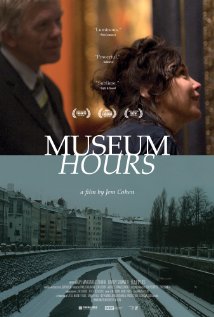Knots of Time
TLS July 26 2013 from Adam Thorpe's review of The Summits of Modern Man: Mountaineering after the Enlightenment by Peter H. Hansen: Two essential elements of modernity are the foundation myth and the assertion of solitary will: both illustrated by Petrarch's ascent of Mont Ventoux in 1336. Interrupting his admiration of the view by opening St. Augustine's Confessions at random, Petrarch fell on a stern admonition: "And men go to admire the high mountains . . . and pass themselves by". He hurried back down in silence, convinced of the vaster landscape of contemplation. Five hundred years later, Jacob Burckhardt identified this moment in Provence as the arrival of the inward-looking "modern man", the beginning of the modern age. This need for firsts, is, of course, in itself modern; and, as Hansen points out, the assignment of Petrarch's ascent as a boundary moment coincided with the rise of modern mountaineering. Peaks are, as he claims early ...




